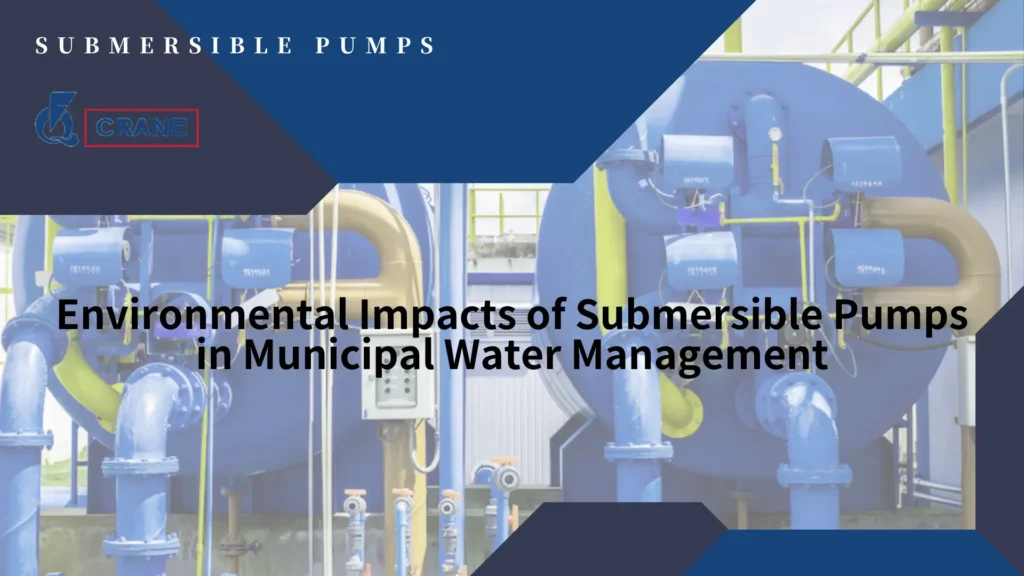Submersible pumps have become an indispensable component of modern municipal water management systems.
An understanding of the impacts of these pumps on the environment therefore becomes essential as the cities grow and the demands of water become greater.
This article is meant to be a simple overview of submersible pumps, their use, and the effects they have on the environment so that people wanting to buy them can make the right choice.
Importance of Water Management and Role of Submersible Pumps
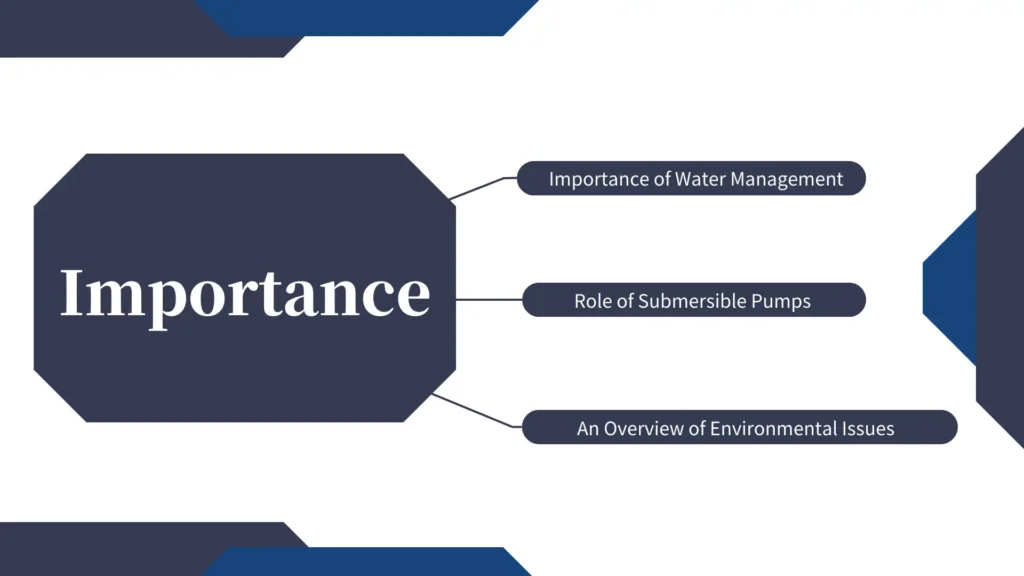
Importance of Water Management
The growing need for a clean water supply in fast-growing cities is beyond a luxury; it is a requisite for public health, economic development, and environmental protection.
Efficient water management for consumption, treatment, and delivery to the population will help ensure that water is used as efficiently as possible without considering whether water is contaminated, not drained properly, or distributed equitably.
Role of Submersible Pumps
Submersible pumps are designed to be completely submerged under water for various operations such as groundwater extraction, wastewater management, and so on.
They can perform well under extreme conditions like very deep wells or water-logged areas.
Their versatility makes them very useful in a number of municipal applications-from drinking water supply systems to sewage disposal systems.
An Overview of Environmental Issues
However, while the use of submersible pumps has many advantages, it is accompanied by some environmental problems expected from their operation.
Groundwater depletion, disturbance of ecosystems, pollution, and the like should be kept in consideration.
This article attempts to expound on these issues and point to the direction of responsible management practices.
Understanding Submersible Pumps
What Are Submersible Pumps?
Submersible pumps are termed electric pumps that theoretically do work under water.
They differ from the usual pumps, as these pumps do have no suction in bringing out water from the surface into buildings; rather, they are pushing the water out from beneath into the buildings.
The push design is more efficient and reduces the risks of damaging cavitation.
Therefore, it’s helpful to understand how these pumps work for one planning to put them into municipal use for water management.
Types of Submersible Pumps
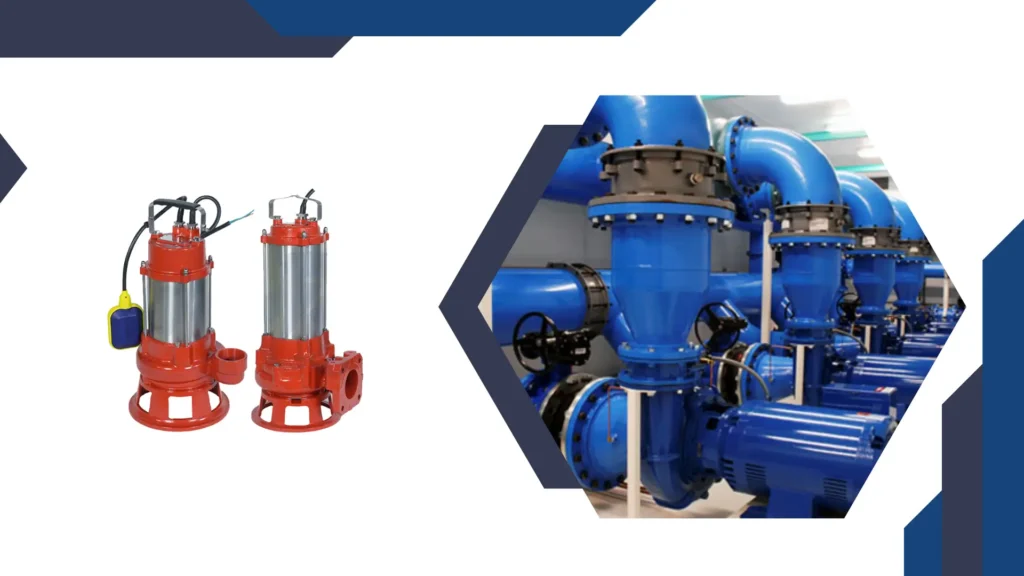
These pumps differ according to different design specifications in relation to needs for specific applications and environment.
Here is a hint about the different kinds of submersible pumps that will help you make a choice about which will best serve your pumping needs.
Centrifugal Pumps
These pumps do work by the action of a rotating impeller, which rotates at high speed and then derives centrifugal force and thereby draws water in from the pump and ejects it to the top through a discharge pipe.
Centrifugal pumps commonly have efficiency and dependability features making them right for usefulness in irrigation, water incidence, and even some industrial uses.
These pumps will move amazing volumes of water so that constant flow and pressure can be obtained if demand happens to change, which is important in municipal systems.
Sewage Pumps
These pumps are designed to deal with liquid and large solids, which add bitterness to their capabilities in dealing with the very intense realities of sewage operations.
Waste from a residential or commercial building can easy transfer to treatment facilities using sewage pumps that boast solid construction and a powerful motor.
Sewage pumps are attached with chopping action or wide inlet openings to avoid blockage and enable smooth function.
They play an essential role in keeping the interior immune to floods in towns where efficient waste management is a keystone for public health.
How Do They Work?
Submersible pumps convert the rotational energy of an electric motor into hydraulic energy.
In turn, the electric motor turns an impeller rapidly, causing the build-up of a low-pressure area into which water is drawn through the pump to the surface.
Thus could effectively and constantly propel water in diverse applications.
Applications in Municipal Water Management
Water Supply
Submersible pumps are very much used for ground and surface water abstraction to provide potable water to areas in the urban context.
Most submersibles are installed into wells, aquifers, or reservoirs and ensure that their place’s population has potable water.
This quality of pumps makes them most used in municipal water services as they are reliable and efficient.
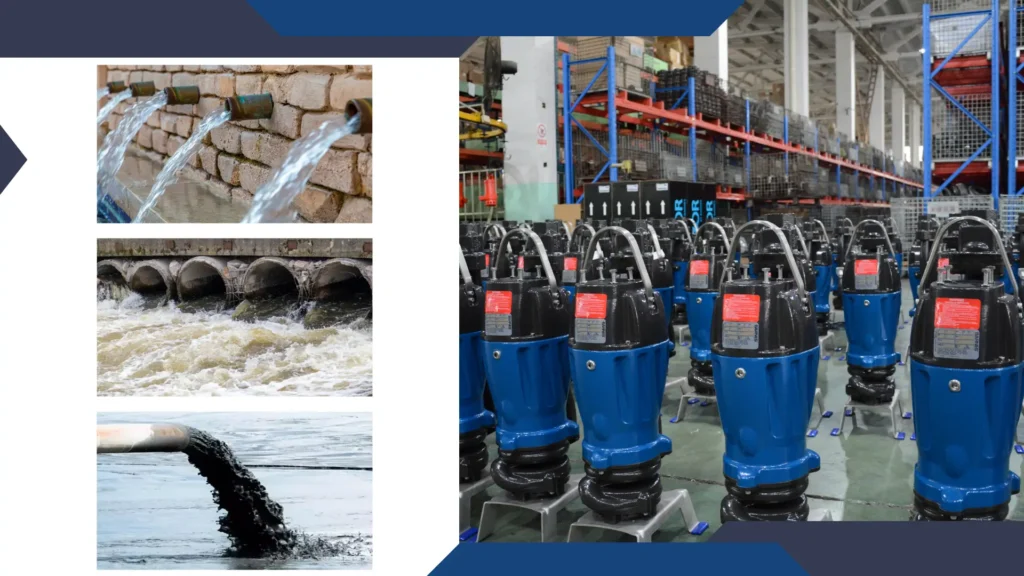
Wastewater Treatment
In the underwater management systems, submersible pumps serve as important devices for the transport of sewerage or industrial effluent through a direct pipe into the treatment plant.
Without threatening public health, waste undergoes a further process in order to avoid contamination and disease.
They are also very useful for sewage applications, as they can handle solids.
Flood Control
Pumps designed to submerge during very heavy rains or flooding will be able to handle storm waters with ease.
These are used to remove excess water in streets, basements, and other low-lying areas from damage to infrastructure and the public.
Quick as a flash responds to efficiently control flowing floods.
And More:
- Role of Submersible Pumps in Municipal Applications
- Application of Submersible Pumps in Wastewater Treatment
Environmental Impacts of Submersible Pumps
Aquifer Level Management
The operation of submersible pumps can perform an important function in aquifer water levels’ management, especially for those areas suffering extreme water shortage.
These pumps when used appropriately can be an aid in water provision continuity to welfare users in agriculture, drinking, and sanitation purposes.
Sustainable Water Use
Submersible pumps also promote sustainability of water use through careful monitoring and control of groundwater extraction, which may then prevent the over-extraction of aquifers that would otherwise have to recharge naturally and reduce severe depletion risks.
Support to Local Ecosystems
Proper management of aquifers means that ecosystems around them can benefit.
Keeping water levels stable helps to keep soil moisture levels healthy enough for plant growth-because these plants are also habitats and food sources, they contribute to the biodiversity of various wildlife species thriving in them.
Enhancing Biodiversity
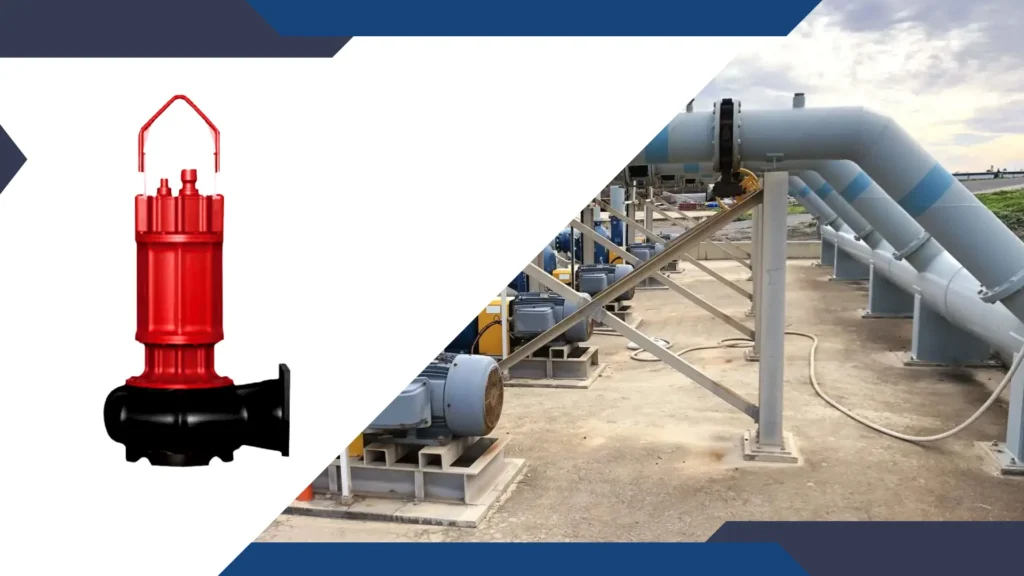
Submersible pumps are useful in restoring and improving aquatic habitats; these pumps will keep flow and water available to create favorable conditions for fishes and other aquatic species.
Some Improved Habitat Conditions
It is possible for submersible pumps to help maintain the appropriate water temperature chemistry and flow patterns necessary for the reproduction and feeding of fishes and other aquatic organisms.
Stability could, therefore, contribute to better spawning success and might benefit entire populations as aquaculture.
Preservation of Migrating Routes
Maintaining the flow and water levels allows submersible pumps to ensure that migration routes for individual aquatic species remain undisturbed, thus allowing access to breeding areas and food resources needed by fish and other creatures for support toward their population numbers high and for the greater good of the ecosystem.
Solutions and Management Strategies
Ecosustainable Water Practices
A sustainable water management practice is absolutely a requirement for minimisation of the environmental impacts caused by submersible pumps.
This includes principles such as: continuous monitoring of groundwater levels and setting up extraction limits, and awareness conservation among residents.
Thus, sustainable might be municipality perception grafted into long-term water resource accumulation in future generations.
Modernist Technology
Energy reducing with intelligent submersible pump deployment holds great potential for economic benefits from reduced energy consumption and improvements in overall water management outcome.
New technologies such as variable speed drives and remote monitoring systems place excellent power over pumping operations, making it possible only to extract water when it is needed.
Policy and Regulation
Regulations on the amount of water pumped must first be met so as to protect aquifers and surrounding ecosystems.
On the other hand, policies should also be based on a scientific assessment of water availability and the community, as well as consider both ecological purposes and meeting the demands of local communities.
And finally, compliance with the regulations should be monitored for the sake of sustainable practices.
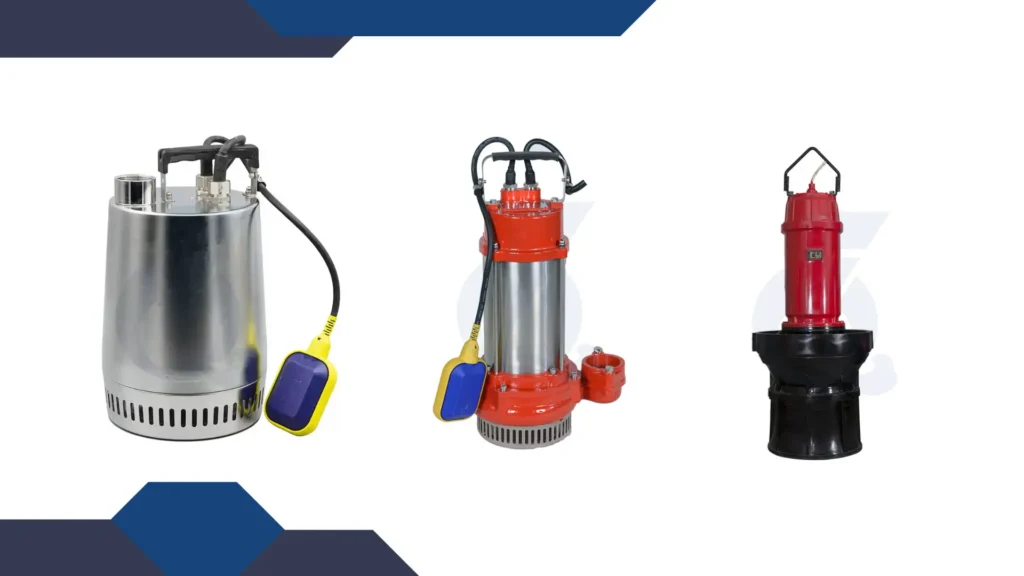
Community Engagement
Involve the local communities in the water management decisions to make these decisions transparent and sustainable.
Awareness of the importance of conserving water and the repercussions of over-extraction persuades local residents to be more responsible consumers and support any regulations that are necessary.
Conclusion
Submersible pumps are essential to the management of municipal water, as they deliver services such as water supply, wastewater treatment, and flood control.
Their environmental impacts, including the depletion of groundwater and disruption to ecosystems, cannot be ignored.
Potential buyers should consider both advantages and disadvantages of submersible pumps on the environment when buying such products.
This understanding will assist potential buyers in using these in an environmentally sustainable manner and for community needs.
Municipalities can be water responsible and at the same time environmentally responsible by engaging in sustainable options and practicing their responsible use.

